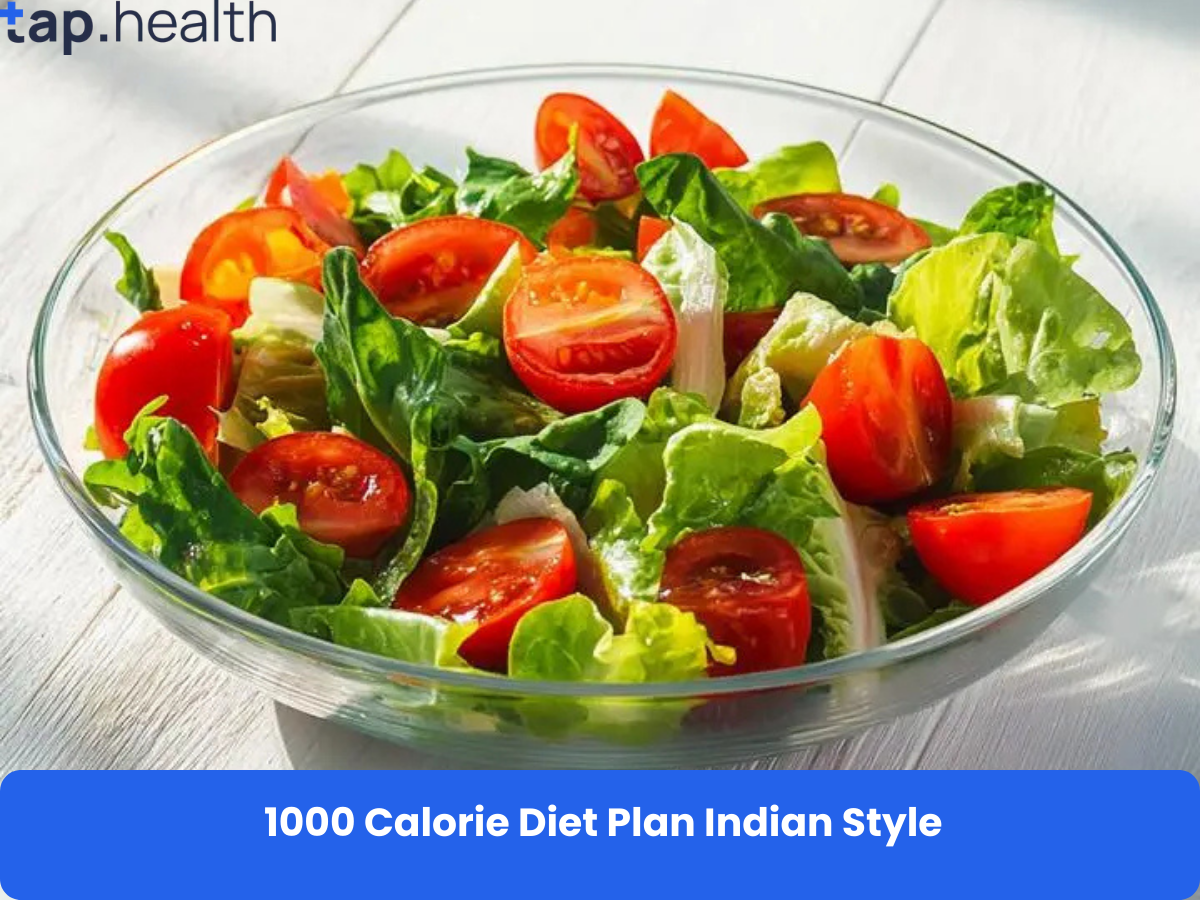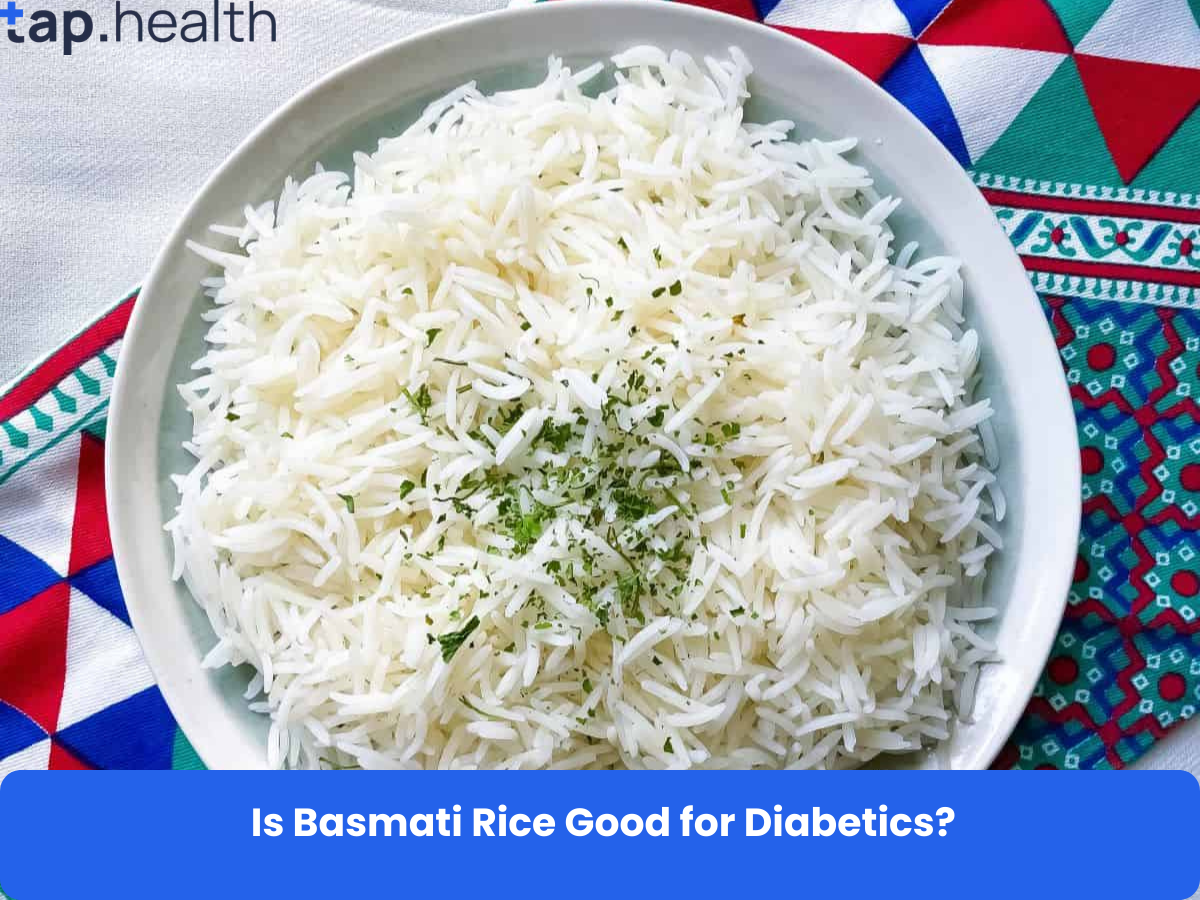Paratha is one of the most beloved and versatile foods in South Asian cuisine. Whether served for breakfast, lunch, or dinner, paratha is enjoyed by many for its delicious taste and satisfying texture. But if you’re trying to monitor your calorie intake, you may be asking: How many calories are there in one paratha?
In this article, we’ll break down the calorie content of a typical paratha, explore the nutritional values of different types, and give you insights into how to enjoy parathas in a balanced diet. By the end, you’ll have a better understanding of how parathas fit into your daily meals and how to manage their calorie content.
What is a Paratha?
A paratha is a type of flatbread that originates from the Indian subcontinent. It is made from whole wheat flour (atta), water, and a pinch of salt. The dough is kneaded, rolled out into a circle, and then cooked on a hot griddle (tawa) with a small amount of oil or ghee. Parathas are often stuffed with various fillings, such as vegetables, potatoes, paneer, or meat, but they can also be served plain.
Parathas can be enjoyed in various ways:
- Plain Paratha: A simple version, often served with yogurt, pickles, or a side of vegetables.
- Aloo Paratha: Stuffed with a spiced potato filling.
- Gobi Paratha: Stuffed with spiced cauliflower.
- Methi Paratha: Made with fenugreek leaves.
- Paneer Paratha: Stuffed with spiced paneer (Indian cottage cheese).
Because of their preparation method, parathas can be calorie-dense, especially when fried with ghee or oil, which contributes extra fat and calories.
How Many Calories Are There in One Paratha?
The number of calories in one paratha depends on its size, ingredients, and cooking method. A plain medium-sized paratha (approximately 50-60 grams) made with whole wheat flour typically contains 150-200 calories. The calorie count can vary based on the specific ingredients, such as oil, ghee, or stuffed fillings.
Here’s an approximate breakdown of the calories in different types of paratha:
- Plain Paratha (50-60g): Around 150-200 calories.
- Aloo Paratha (50-60g): About 200-250 calories, depending on the potato filling and amount of oil or ghee used.
- Gobi Paratha (50-60g): Approximately 180-230 calories, depending on the cauliflower stuffing and oil used.
- Paneer Paratha (50-60g): Around 220-280 calories, with paneer adding more fat and protein.
- Methi Paratha (50-60g): Approximately 180-230 calories, depending on the amount of oil or ghee used for cooking.
Calories in Paratha with Ghee or Oil
When parathas are made with ghee or oil, the calorie content increases. For example, one teaspoon of ghee (about 5 grams) adds approximately 45-50 calories to a single paratha. The addition of oil or ghee can easily increase the total calorie count, making it more calorie-dense.
Example: Aloo Paratha with Ghee
An Aloo Paratha made with ghee or oil could have anywhere between 250-300 calories depending on the portion size, the amount of ghee or oil used, and the type of filling.
Nutritional Breakdown of One Paratha
In addition to calories, parathas also provide several key nutrients. Let’s break down the nutritional profile of a typical plain paratha (50-60g):
1. Carbohydrates
Parathas are primarily made from whole wheat flour, which is rich in complex carbohydrates. A single paratha provides around 25-30 grams of carbohydrates, which serve as a source of energy for the body. The fiber content in whole wheat flour also helps regulate blood sugar levels.
2. Protein
A plain paratha contains about 3-4 grams of protein. While this isn’t a large amount, parathas made with whole wheat flour still provide some plant-based protein, which supports muscle repair and growth.
3. Fat
The fat content in a plain paratha is generally low, but it can increase depending on the cooking method. For example, a paratha cooked with ghee or oil can have 5-10 grams of fat. Ghee or oil contributes to the calorie count by adding additional fat.
- Plain Paratha (50-60g): About 5 grams of fat (if made with minimal oil).
- Paratha with Ghee or Oil: Around 10-15 grams of fat, depending on the amount of ghee or oil used.
4. Fiber
Whole wheat parathas are a good source of dietary fiber, with about 2-3 grams of fiber per paratha. Fiber aids in digestion, helps prevent constipation, and keeps you feeling full for longer.
5. Vitamins and Minerals
Parathas made from whole wheat flour provide small amounts of essential vitamins and minerals:
- B-Vitamins (Thiamine, Niacin): Important for energy metabolism and overall health.
- Iron: Essential for oxygen transport in the blood.
- Magnesium: Supports muscle and nerve function.
The exact vitamin and mineral content will vary depending on the ingredients used (e.g., adding fenugreek leaves in methi paratha increases the vitamin A and folate content).
Factors That Affect the Calorie Content of Paratha
Several factors can influence the calorie content of a paratha, including the following:
1. Size and Thickness
The larger and thicker the paratha, the more calories it will contain. Typically, a small paratha weighs about 40-50 grams, while a larger one can weigh up to 70 grams or more, which will naturally increase the calorie count.
2. Cooking Method
The method used to cook the paratha significantly impacts its calorie content. If the paratha is deep-fried or cooked with ghee or butter, it will absorb more fat, making it more calorie-dense compared to a plain, dry-cooked paratha.
3. Fillings
Stuffed parathas like Aloo Paratha or Paneer Paratha have a higher calorie count due to the additional ingredients. For example, potatoes in aloo paratha contribute extra calories from carbohydrates, while paneer adds protein and fat.
4. Type of Flour
While most parathas are made from whole wheat flour, using refined flour (maida) instead of whole wheat flour can result in a less nutritious paratha with fewer fiber and nutrient benefits, but it may slightly reduce the calorie count.
Is Paratha Healthy?
While paratha can be a delicious and satisfying meal, its healthiness depends on how it’s prepared and what ingredients are used. Here’s a breakdown:
1. Benefits of Whole Wheat Paratha
Whole wheat flour provides more fiber, vitamins, and minerals than refined flour. Fiber is important for digestion and weight management, and whole grains have a lower glycemic index, which means they are digested more slowly and help regulate blood sugar levels.
2. Adding Healthy Fillings
Stuffing your paratha with vegetables like spinach, methi (fenugreek), or cauliflower can increase its nutritional value. These vegetables add fiber, vitamins, and antioxidants while keeping the calorie count relatively low.
3. Moderation is Key
While paratha can be part of a balanced diet, it’s important to moderate your intake, especially if you’re concerned about calorie consumption. Opt for smaller portions, and pair paratha with a side of vegetables or a protein source to create a more balanced meal.
4. Avoid Excessive Oil and Ghee
To make your paratha healthier, try to limit the amount of oil or ghee used during cooking. You can also experiment with healthier alternatives like olive oil or coconut oil.
How to Make Paratha Healthier
If you’re looking to enjoy paratha while keeping it healthier, here are some tips:
1. Use Whole Wheat Flour
Always use whole wheat flour instead of refined flour (maida) for a healthier option. Whole wheat flour is richer in fiber, vitamins, and minerals, making it a more nutritious choice.
2. Use Less Oil or Ghee
Try using less ghee or oil when making paratha. You can also opt for healthier oils like olive oil or canola oil. Alternatively, you can use a non-stick pan to minimize the amount of oil needed.
3. Stuff with Healthy Fillings
Instead of using calorie-dense fillings like potatoes and paneer, you can stuff parathas with vegetables such as spinach, carrots, cabbage, or mushrooms. You can also use low-fat cheese or tofu for a protein-rich stuffing.
4. Bake Instead of Fry
Instead of frying parathas, you can try baking them for a lower-calorie version. This will help reduce the fat content while still providing that crispy texture.
FAQs: How Many Calories Are There in One Paratha?
1. How many calories are in one plain paratha?
A plain paratha (50-60g) typically contains around 150-200 calories. The exact calorie count will vary based on the size and the amount of oil or ghee used during cooking.
2. Does adding oil or ghee to paratha increase its calorie content?
Yes, adding oil or ghee to paratha increases its calorie content. For example, one teaspoon of ghee adds around 45-50 calories to the total calorie count of a paratha.
3. What is the calorie content of stuffed parathas?
Stuffed parathas, such as Aloo Paratha or Paneer Paratha, can contain anywhere between 200-300 calories per paratha, depending on the size and the amount of filling used.
4. Is paratha good for weight loss?
Paratha can be part of a weight loss diet if eaten in moderation. Opt for whole wheat flour and avoid excess oil or ghee. Pair it with vegetables or protein-rich foods to create a more balanced meal.
5. How can I make paratha healthier?
To make paratha healthier, use whole wheat flour, reduce the amount of oil or ghee used, stuff it with healthy vegetables, and consider baking it instead of frying.
Conclusion
Paratha is a delicious and versatile dish that can fit into a balanced diet, but it’s important to keep an eye on its calorie content, especially if you’re trying to manage your weight. A typical plain paratha contains around 150-200 calories, but the calorie count can vary based on the size, fillings, and cooking method. By choosing whole wheat flour, using less oil or ghee, and opting for healthier fillings, you can enjoy parathas without compromising on your health goals.


